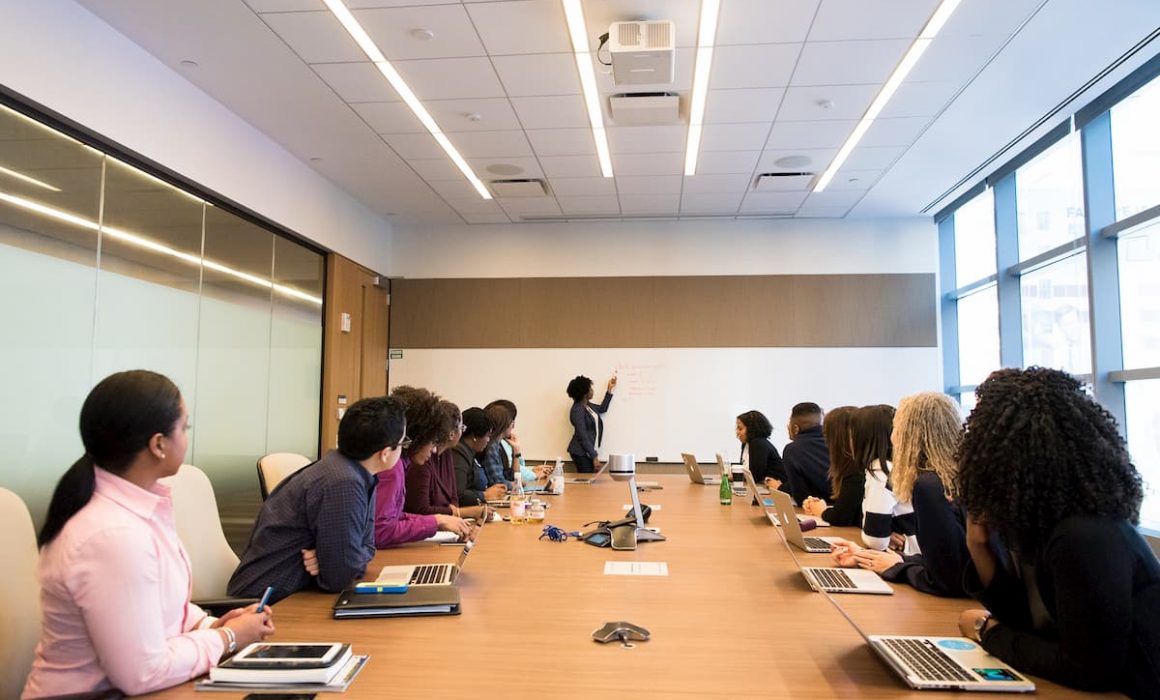Managing for Diversity and Inclusion in our Climate of Change
This post is brought to you by our partners at Leadershipdialogues.com and we are proud to share.
The recent protests in the streets show us that people really want to be heard and included in how we run things. These desires can’t help but spill over into organizational life. Leaders will now need to hear the voices of those who before now have not felt empowered to speak.
So what can effective leaders do?
Creating awareness that minority employees feel marginalized is an important first step. In the past, these employees have experienced some voices being listened to more than others. They have also experienced being excluded from decisions which often seem to be made by a select group of people who are not very diverse.
But creating awareness is not sufficient according to research by the Neuroleadership Institute on Diversity and Inclusion. If training focuses only on what people should or should not say to be culturally sensitive or politically correct, this can backfire. People may feel threatened and worried that they may say the wrong thing, retreat, and become disengaged,
A different approach is to create diverse and inclusive teams who are given important meaningful problems to solve with common objectives with their different perspectives. Research has found that teams that lack diversity are more comfortable working together but teams of diverse members perform better, despite having a less comfortable experience. But research also has proven that they need a common process to guide their problem solving as a unit. This is because each individual has their own unique process of tackling a problem, without understanding their teammates’ approaches. They have to synchronize their approaches using the process to collaborate effectively and begin creating a culture of diversity and inclusion
For the last 40 years, Basadur Applied Innovation has successfully brought its Simplexity Thinking methodology to create diverse experiences, perspectives, and cognitive styles to solve organizations’ most pressing problems. A simple example is their Fact-Finding process in which all team members offer their answers to these six questions. All answers are accepted without judgment and evaluation is applied afterwards.
1. What do you know, or think you know about this fuzzy situation?
2. What don’t you know, but you’d like to know?
3. Why is this a problem for you? Why can’t you make it go away?
4. What have you thought of or already tried?
5. If this problem were to be resolved, what would you have that you don’t
have now?
6. What might you be assuming that you don’t have to assume?
Team members almost always report that these questions open up new ways of looking at the problem they are trying to solve and important perspectives they hadn’t considered. In essence, they are also dispelling some biases they may have had based on limited experience.
After all the answers are exhausted, collaborative evaluation begins. The team proceeds through a “telescoping” process in which each member chooses the few answers seen as most important. Then each member gives voice to why they made those choices. Finally, the group works together to select the critical few answers to explore further. In telescoping, everyone shares the options they most prefer and explains why. Everyone actively listens with an open mind and asks for clarification as needed. Often people say things like “Oh, now I understand what you meant and why you picked it!”. This leads to brand new options emerging even while evaluation is underway. Another good thing about telescoping is that everyone believes their views received a good hearing. This creates consensus and commitment.
Simply using this process in meetings can lead to the possibility of more innovative solutions and a sense of arriving at them together.
How might you try this out with your own teams and see what can happen?




Pingback: Managing for Diversity and Inclusion in our Climate of Change – BizTECH